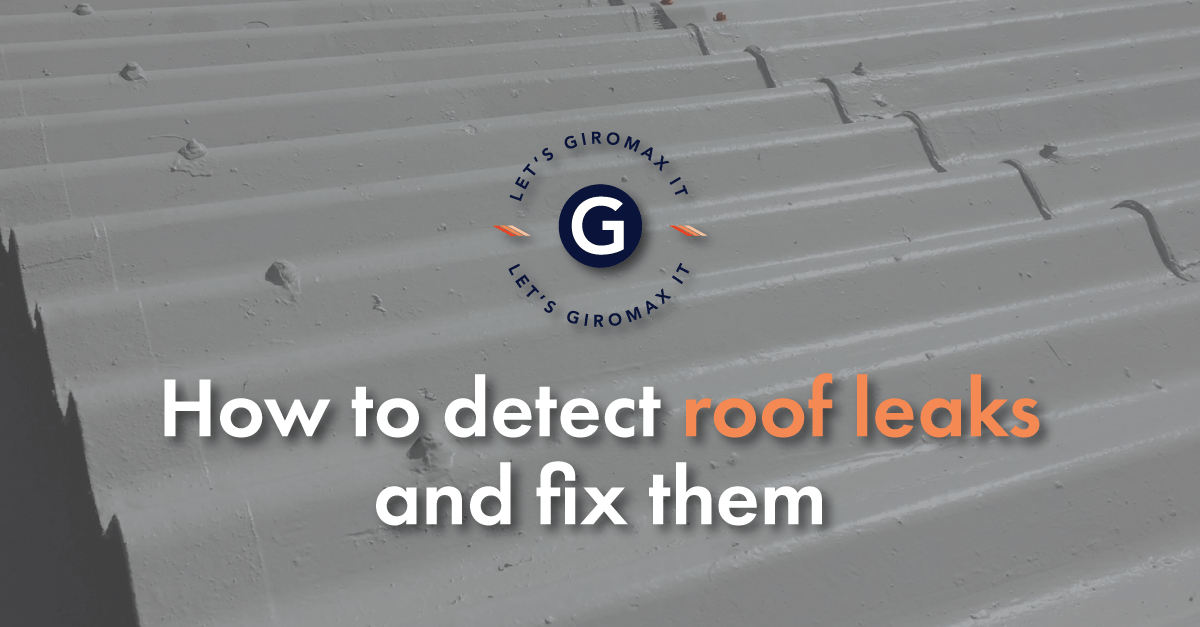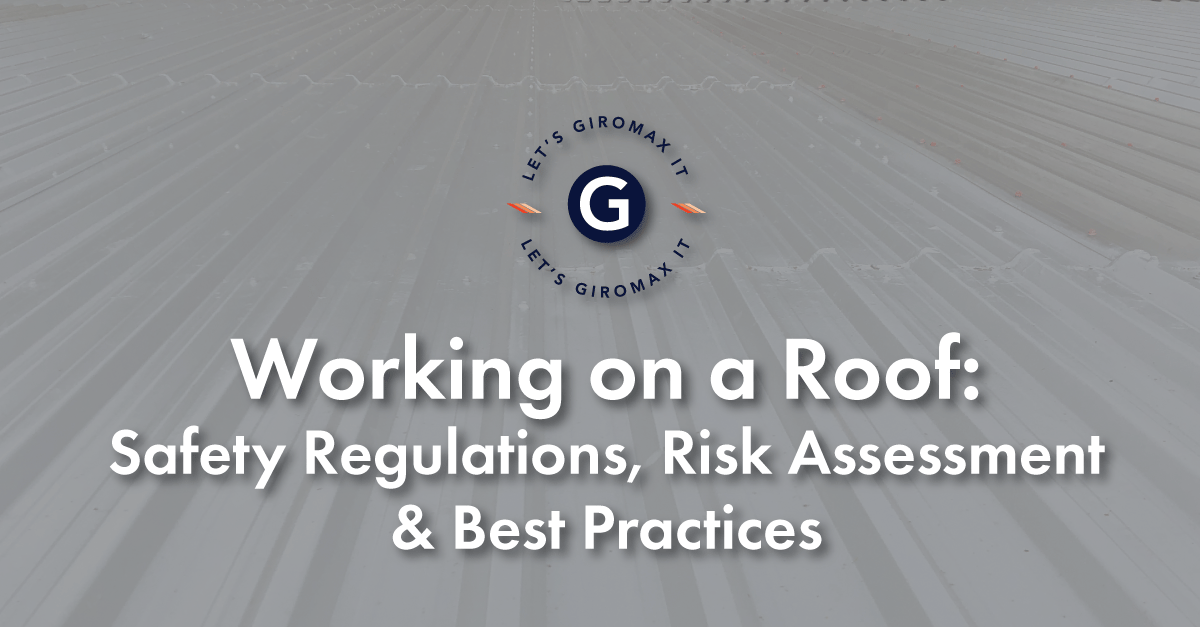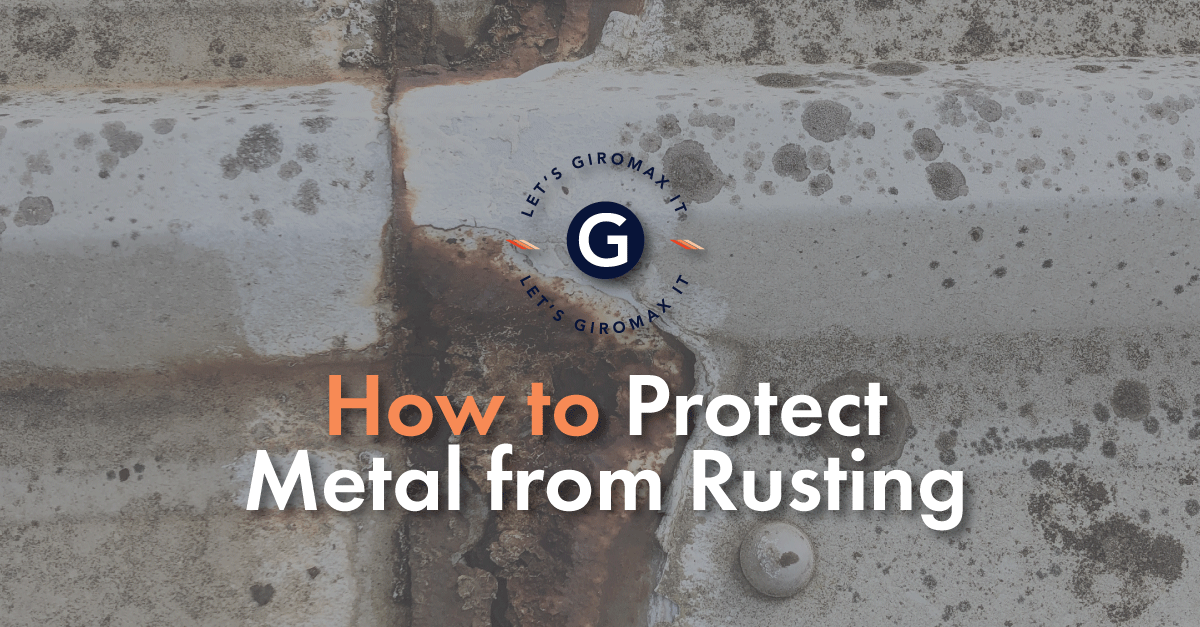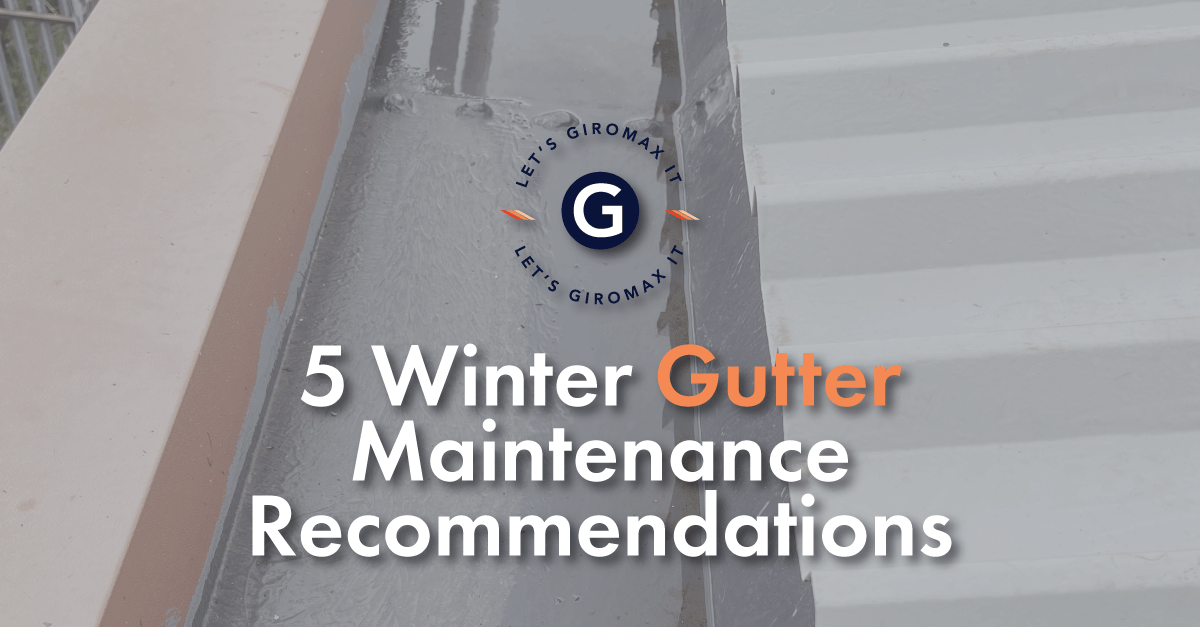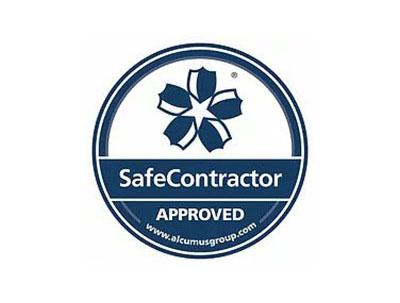How to detect roof leaks and fix them
Knowing how to detect, fix and prevent roof leaks prevents costly repairs. We share advice on how to inspect the roof’s interior and exterior.
Early detection of a roof leak is crucial if you want to limit water damage to your building and contents and prevent costly repairs. In commercial buildings, the cost of replacing stored goods, equipment and machinery damaged by water can be very expensive. In this article, we look at how to detect roof leaks and fix any issues to prolong the roof’s longevity.
Inspect the roof interior
First, start by inspecting the roof interior to try and pinpoint the potential source of the water leak. There are some clear indicators of a water leak to watch out for when you are inspecting the inside area of a roof. The roof space might smell musty and there may be visible signs of damp, mould or water stains. Other visual signs include areas of the underside of the roof that appear to be sagging or wet insulation materials. Listen carefully to see if you can hear dripping sounds, especially when it’s raining outside.
Inspect the roof exterior
Using the appropriate equipment to work from height, inspect the roof exterior to try and confirm the source of the leak from the outside. Always follow the Health and Safety Executive (HSE) working at height guidelines. Depending on the roofing material, there will be different types of water damage.
When inspecting an asbestos cement roof, strictly follow HSE asbestos guidance and look for cracked or dislodged tiles. Damage to metal roof sheets is often visible as rust patches. When the surface or cut edges have been scratched, the metal core of the sheet can be exposed and start to corrode.
Water leaks can impact the structural health of any type of roof, so it’s important to check every section. Flashing, gutters, and roof joints must also be carefully inspected for gaps where water could be penetrating. Other signs of waterflow include discolouration or algae growth across the surface.
Pick a suitable day for inspection
It’s important to inspect the roof at different times to determine whether there’s a water leak. On a dry, sunny day, you are more likely to get a clearer indication of any gaps as bright sunlight will peek through any roof holes. On the other hand, water penetration will be more visible on a rainy day. Active leaks will be more apparent during rainy conditions, so it’s beneficial to carry out an inspection at these times.
Conduct a water test
One way to spot the source of a roof leak is to conduct a water test, so you can pinpoint the exact location. This is especially useful if you suspect that you have a leak, but the source is remaining elusive and is not visually detectable. By carrying out a controlled water flow test, you can determine the precise point of entry and ensure that repairs are focused on the correct area. This will also help to prevent any unnecessary work on unaffected roof areas.
Using a hose, carefully apply a controlled amount of water to simulate rainfall over different sections of the roof being mindful not to cause any additional damage. Working as part of a team, try to replicate the rainy conditions that may have damaged the roof. As the water is being applied to the roof exterior, position someone inside the roof space to closely monitor the interior for any water ingress. Look for drips and widening areas of existing water stains.
How to fix your leaking roof
There are many solutions to fixing a roof and this will depend on the substrate. Once you have observed water ingress and the exact source of the water penetration has been located, you will need to undertake repairs promptly. Depending on the severity of the damage, you may need to patch areas or address flashing, seals, or vents. In some instances, you may need to replace sections of the roof.
If the roof is made from metal profiled sheets, then you may be able to treat any corroded areas. If the corrosion has spread across more than one roofing sheet, then you may need to replace the whole section.
When it comes to asbestos cement, there are specific health and safety measures that need to be taken into consideration before any works can begin. You will need to carry out a risk assessment following asbestos guidance from the Health and Safety Executive (HSE).
Prevent future roof leaks
Regular maintenance is the key to preventing roof leaks, along with a suitable preventative measure such as application of a protective roof coating. Giromax ® Roofcoat is an industrial protective roof coating that seals the roof surface, protects it from the elements, and extends the roof life. This moisture-tolerant roof coating repels water from the roof surface, helping to prevent future leaks from forming, and can be applied in damp conditions.
When it comes to asbestos cement roofs, one of the stipulations of HSE guidance is controlled wetting. Therefore, you will need to use an asbestos fibre cement protective coating such as Giromax® Roofcoat. This safe and innovative coating offers total encapsulation, sealing in dangerous fibres and minor cracks, as well as any loose fixings and bolts. The coating protects the roof and helps to prevent any future leaks from occurring.
Conclusion
Always attempt to detect and fix a roof leak as soon as possible to avoid costly repairs and expenses for damaged building contents. Using preventative measures such as roof coatings, you can protect the roof from water damage.
Giromax® roof coatings will help you seal the roof against water penetration, protecting the substrate from cracking or corrosion. Our products can be applied during damp weather, ensuring your water leak can be fixed at times when rainfall is likely.
For more guidance on how you can protect your roof from leaks using suitable coatings, call 01455 558969 or email: sales.orders@giromax.co.uk
Sources:
Get updates from us
Sign up to our newsletter to receive all the latest news and insights from Giromax Technology.
Subscribe to NewsletterRelated articles
Working on a Roof: Safety Regulations, Risk Assessment & Best Practices
When working on a roof, understanding work at height regulations and conducting a risk assessment helps to ensure essential safety...
How to Protect Metal from Rusting
When considering how to protect metal from rust, there are treatments for roofs. We look at common methods to prevent...
5 Winter Gutter Maintenance Recommendations
Regular gutter inspections in winter and removal of debris, snow and ice ensures gutters stay clean. We share winter gutter...

